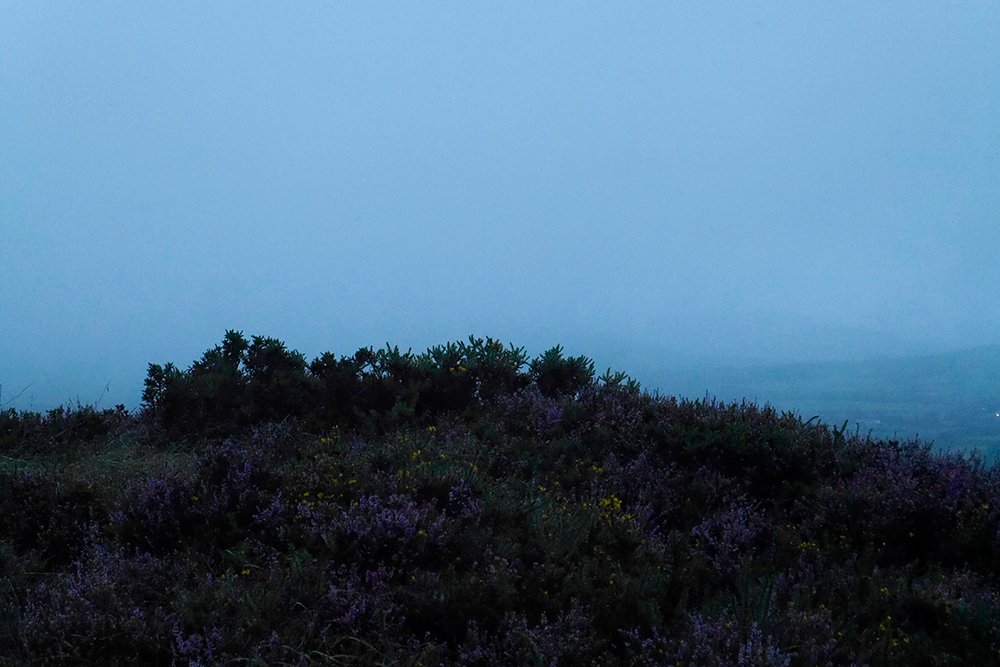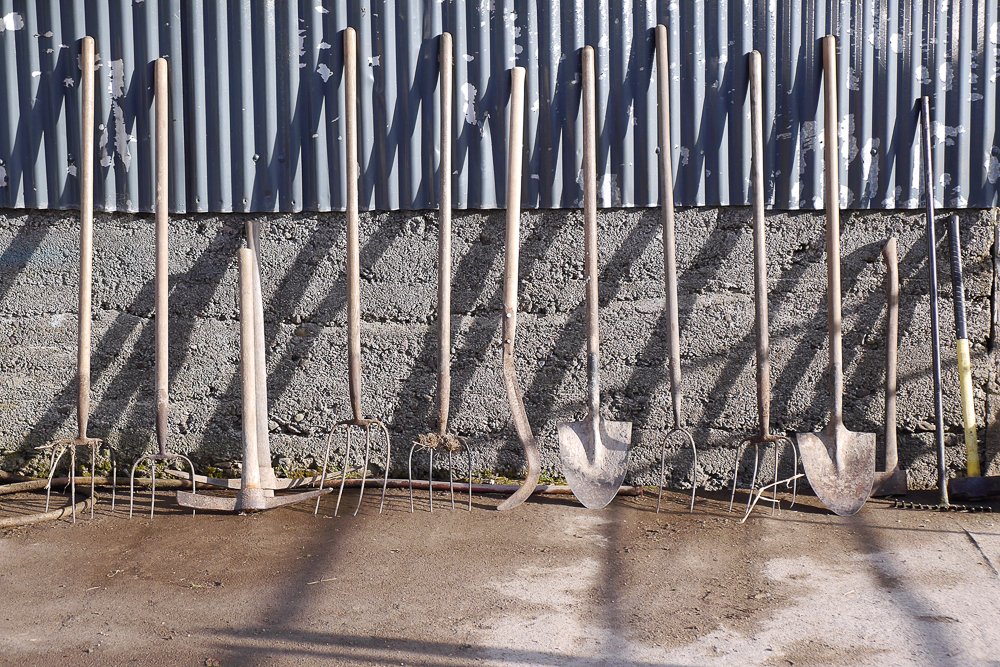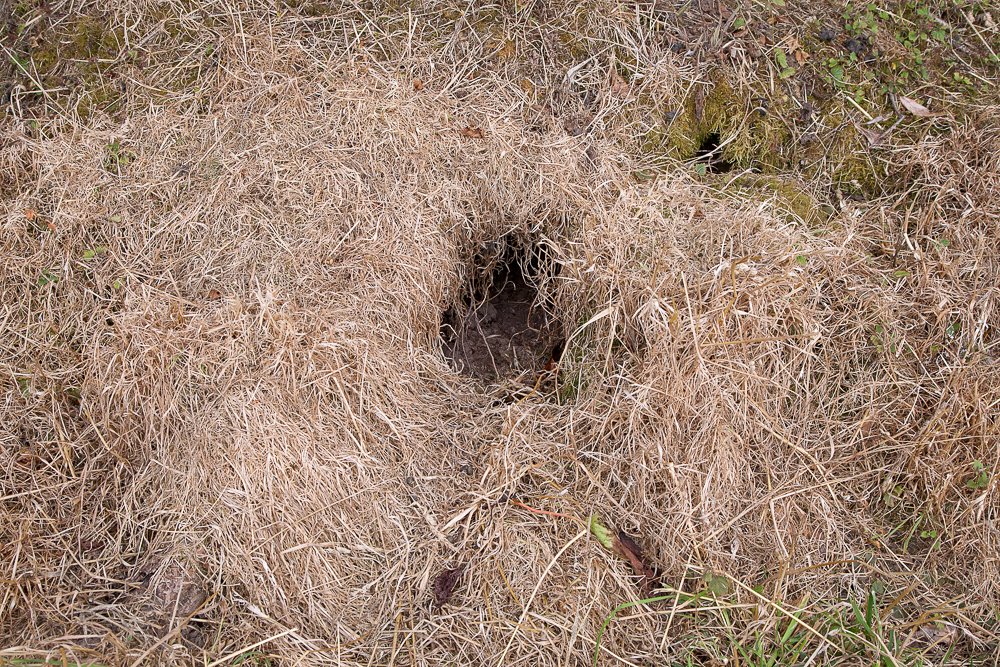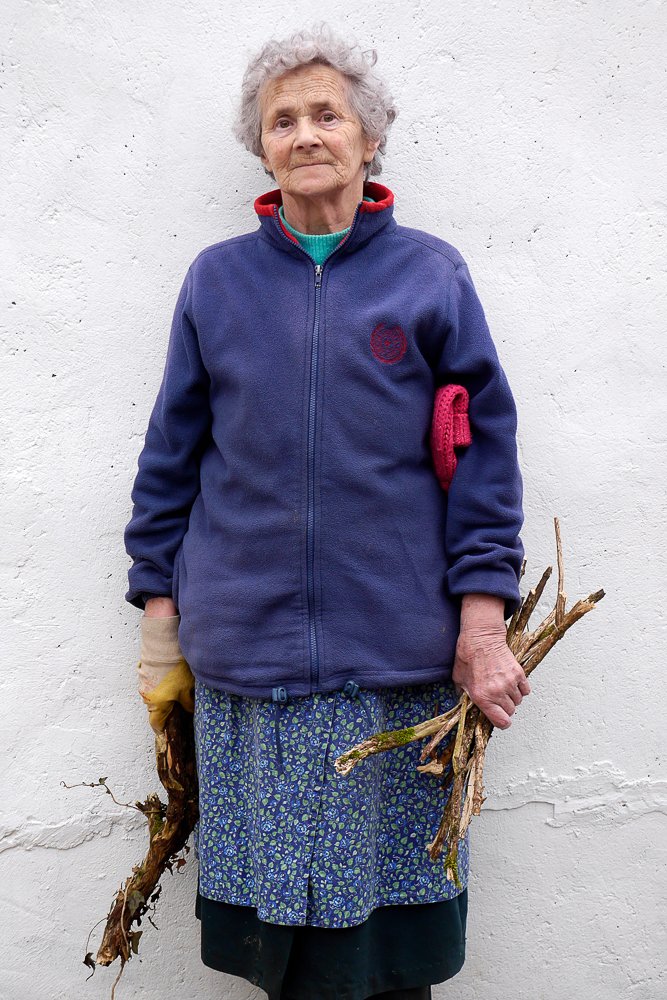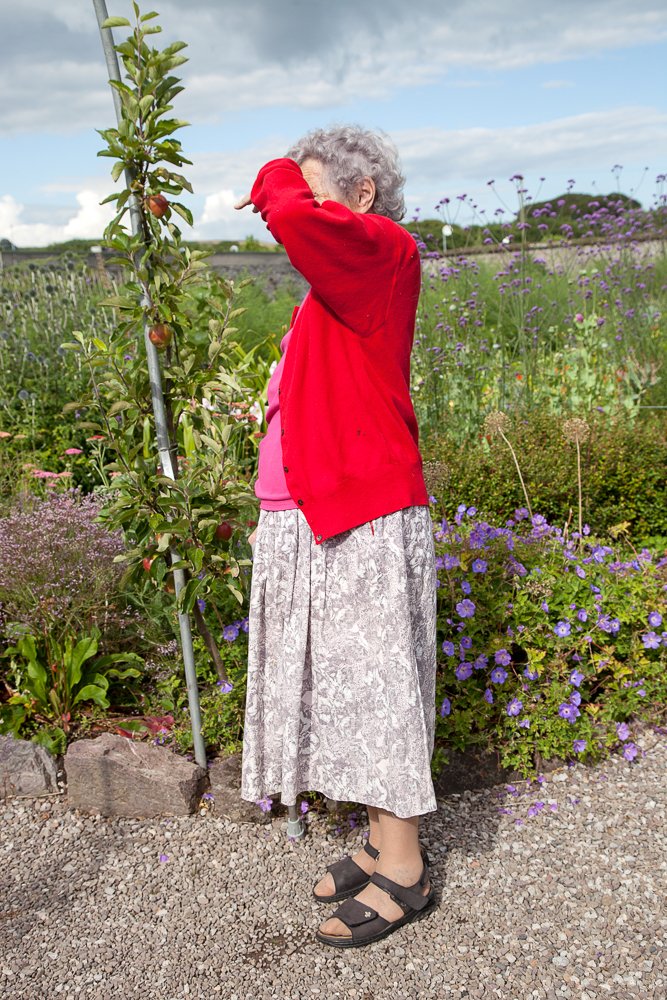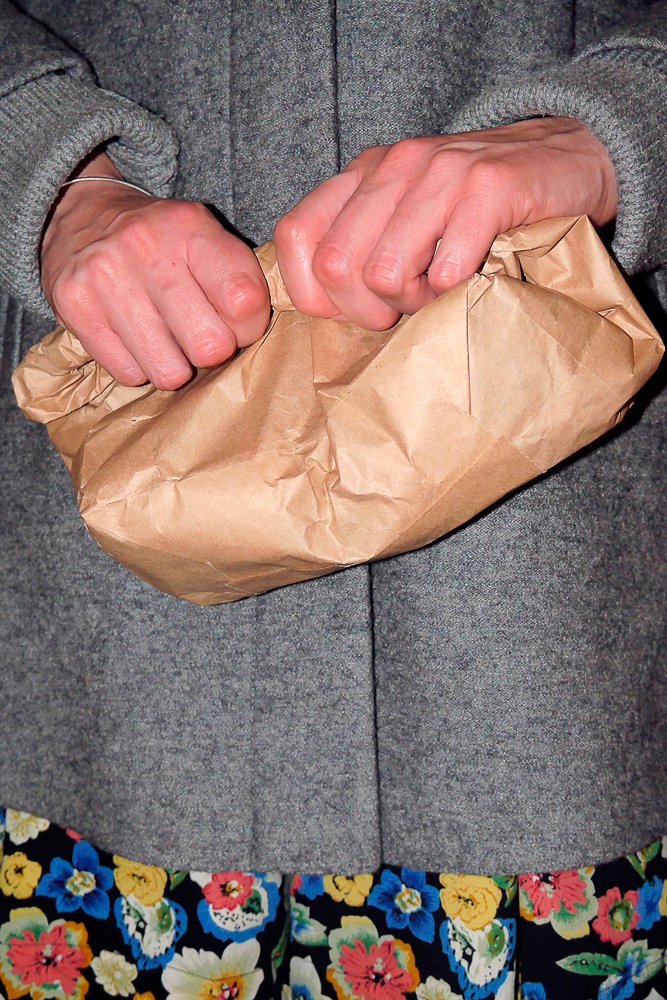Ilaria Sponda: What is photography to you? What have you discovered through it specifically while carrying out Tomorrow is Sunday?
Miriam O’ Connor: Photography is this curious medium which never gets old, regardless of the technology that delivers it. It continues to surprise me even after all this time working with it and still manages to catch me off guard! In so far as Tomorrow is Sunday engages with themes of grief, homecoming and rural life, it is also a project about photography . The work explores both the possibilities and limitations of photography as a tool to engage with this emotive life-changing event. The text based works associated with the work are equally as important however. Throughout the lengthy production phases of this project, I regularly turned to text to engage with things that were, or seemed or felt unphotographable. Yet, for instance the Logbooks aspect of this work which records steps associated with everyday farming tasks, embraced photography in a more utilitarian manner – as something that might be practical and useful. In that way this work broadly considers the subjective and objective nature of photography and acknowledges its limitations in those different methodologies and approaches.
IS: Your project reminds me of a rhythmic elegy. You address it to a certain “Dear Herdowner”, to whom you send a day-to-day recording of rural life at your family farm back in 2020. The simplicity, yet not superficial beauty of nature is shown throughout the book with a straightforward and humble narrative. How did you feel going back to the farm?
MO: Naturally this was a very difficult time for me and my family. That need to return was impulsive in ways as there was an urgent and practical need to keep things afloat at that time. And now, many years have elapsed since I initially returned in 2013 and things do look and feel different with the passing of time. Those earlier years were intense and coloured by immediate memories, that I still hold very dear. It was reassuring to be so close to the land that my brother knew so well and despite the emotive nature of the circumstances – that closeness helped me to navigate through that complex time.
IS: Images feel as much as idyllic as realistic, suspended in-between the past and present. How much have you seen the farm change down through the years? How do you envision it to mutate in the future?
MO: Photography has a great way of suspending time, there is no question about it. And it’s a superior tool too, in the way that it has this capacity to track changes in ways that other mediums don’t – make things visible. In farming, circumstances can change or ways of farming can change, but farming is still very much informed by the rhythms of the seasons. Of course climate change will impact how land is farmed into the future and that’s a welcome shift, back towards more environmentally friendly ways of farming, which suits our smaller enterprise very much.
IS: Globalisation has undoubtedly interfered with farming and rural life. Indeed, by making agriculture an engine for income and exploiting it through new technologies, it has shifted production to an unprecedented scale, although smaller farms were made impossible to keep up due to higher costs. How has your family been affected?
MO: It is important to acknowledge that all farmers deserved to be paid for their labour whether they operate a smaller or bigger enterprise. And yes, there is a huge shift towards higher yields to keep up global demands and a 24-hour supply chain. Our farm will never be part of this narrative though because it is small, and like almost every small farmer in Ireland supplementing your income through other work is the only method for survival.
IS: What effect do these images have on an international audience? By deciding to publish it in the form of a book you must have thought about its possible world-wide circulation, haven’t you?
MO: The themes that the work engages with are universal in nature and I was really fortunate that the work was part of A Woman’s Work which gave the work an international platform. In 2020, in conjunction with A Woman’s Work the project was published by Gallery of Photography Ireland and thus far, sales have been strong. Nonetheless, it’s important to acknowledge that once work makes its way out in to the world, there’s also a degree of having to let it go. This is especially the case with a book, as books are experienced in different kinds of ways to exhibitions.
IS: Although the possibilities for your project to circulate globally, it is very much linked to a certain space and time. How long have you spent at the farm? Where in Ireland is it located?
MO: I relocated here in 2013 having spent over a decade in Dublin. The farm is located in Southern Ireland, Co. Cork.
IS: Could you say a little bit about Irish people in relation to farming?
MO: In Ireland the agricultural sector is a hugely valuable part of the economy and is still a strong contributor to economic growth. It also part of our national identity of course and there continues to be a strong patriarchal tradition of farm inheritance in Ireland.
IS: Going through your past projects, I’ve noticed that Tomorrow is Sunday is the most intimate one. It’s like a reflection on your roots through genuine images that also tell about the recent collective re-discovery of beauty of nature and humans’ fundamental relation to it.
MO: This work communicates a personal narrative that engages with universal themes. The family farm provides the backdrop in which photography is utilised and questioned as a medium that has the capacity to engage with themes of grief and loss. And naturally, the work is emotive and tender and was more difficult to reconcile than other projects I have worked on.
IS: Has your relationship to photography changed after you finished assembling Tomorrow is Sunday?
MO: When working on Tomorrow is Sunday, I became particularly interested in photography as a ‘functioning’ agricultural tool, rather that something that ‘represents’ agricultural life. I want to interrogate this concept further in new work that I am developing.
Miriam O’Connor is from Cork and was educated at Technological University, Dublin and later completed a Research Masters at Dun Laoghaire Institute of Art Design & Technology, Dublin. In her practice she draws inspiration from the sights, sounds and language of everyday life. She is curious about the multifaceted roles photography occupies in culture and the manner in which this persuasive medium permeates the way we engage with the world around us. Rather than providing answers, O’Connor positions photography as a tool for posing questions, a playful medium that commands its own attention and analysis. Using photographs, text and printed matter, her projects have explored themes around looking and seeing; the relationship between camera and subject and the complex nature of photographic representation. Following her relocation to the family farm in recent years, O’Connor now occupies a dual role of farmer and photographer, where she is interested in engaging with the elasticity of the medium throughout everyday agricultural life.
Her work is part of FUTURES, a photography platform that pools the resources and talent programmes of leading photography institutions across Europe and A Woman’s Work, a project that uses photography and digital media to challenge the dominant view of gender and industry in Europe. She is supported by the Arts Council of Ireland, Cork County Council, Culture Ireland and Visual Artists Ireland.


